Search results for: “”
-
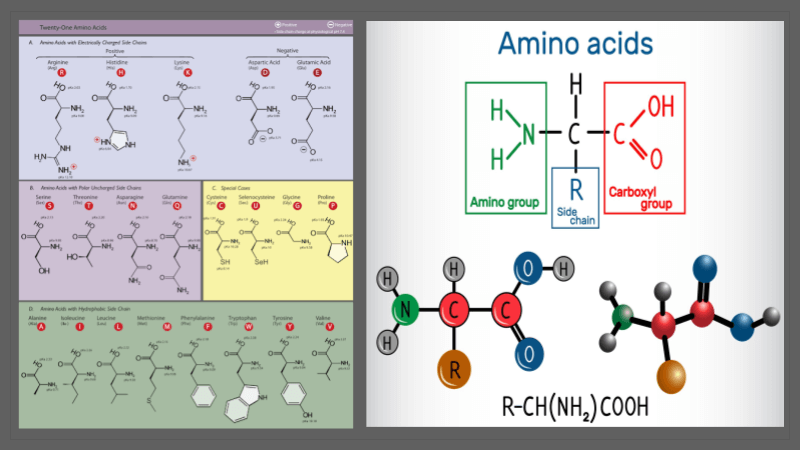
Amino Acid Card Sort – Classifying Groups
In this interactive activity, students will classify the 20 amino acids based on their chemical properties using cards that display each amino acid’s name. The cards include the chemical formula and side chain (R-group) structure. Recall that each amino acid consists of a central carbon atom, bonded to an amino group (NH2) and a carboxyl…
-
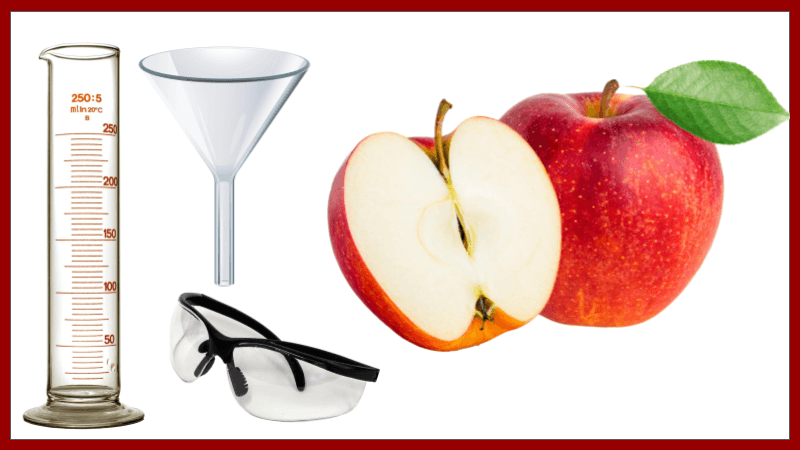
Investigation: Apples and Pectinase Enzyme
In this experiment, high school students will investigate the role of enzymes by testing the effects of pectinase on apples. The objective is to compare the amount of juice extracted from apples treated with pectinase to those left untreated. In addition, students change the temperature of the solutions to compare enzyme activity at cold and…
-
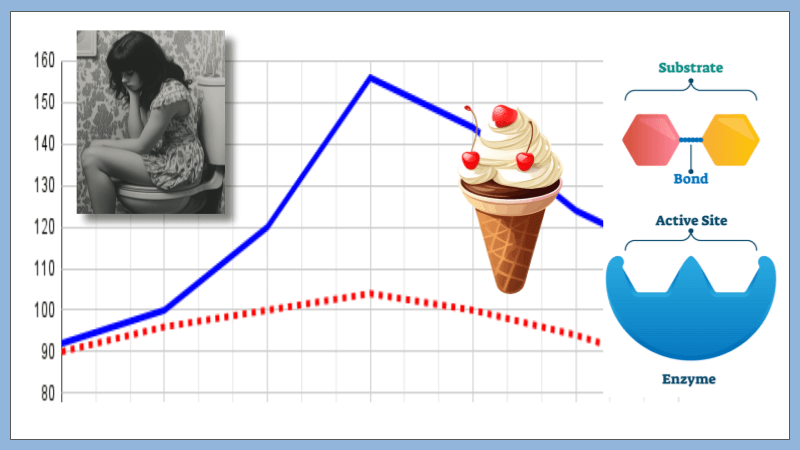
Case Study – Understanding Lactose Intolerance
I made this case study for freshman level biology to complement Ch 2: The Chemistry of Life. Students review the structure of atoms and molecules, then learn about biomolecules and enzymes. This case study explores the human side of enzymes and proteins. Specifically looking at how humans have a special enzyme, lactase, to digest milk…
-
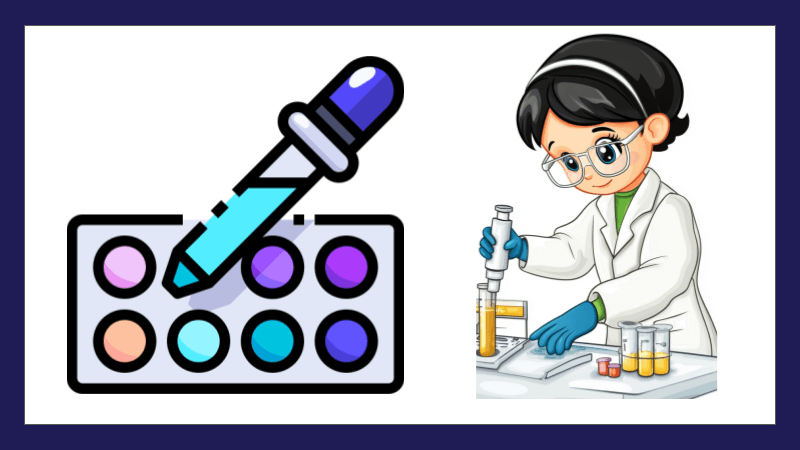
Macromolecules Lab – Testing for Starch
Most biology textbooks have a chapter on macromolecules. In chapter 2 of our textbook, students learn about the chemistry of life, which includes the basics of atoms and molecules, properties of water, and carbon compounds. I generally include a food testing lab where students determine the macromolecules found in food. The lesson is engaging, informative,…
-
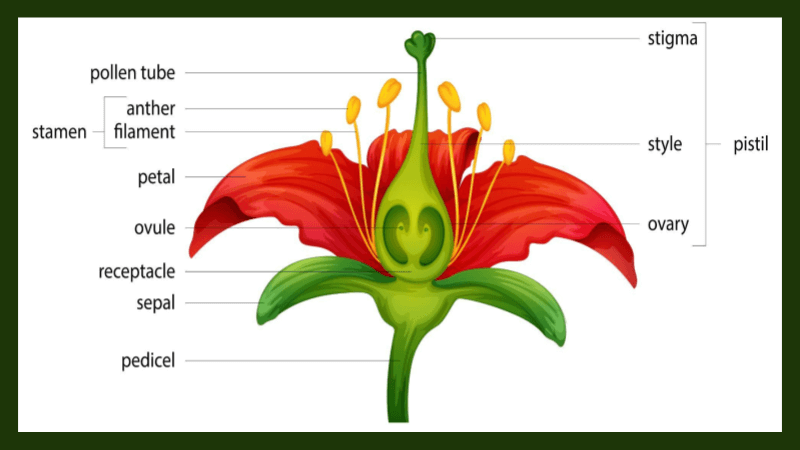
Learn Flower Anatomy with Dissection
Flowers are not just beautiful to look at; they are also fascinating biological structures with distinct parts that play vital roles in the life cycle of plants. Understanding the anatomy of a flower is a fundamental part of any biology curriculum, and what better way to teach it than with a hands-on activity? Students will…
-
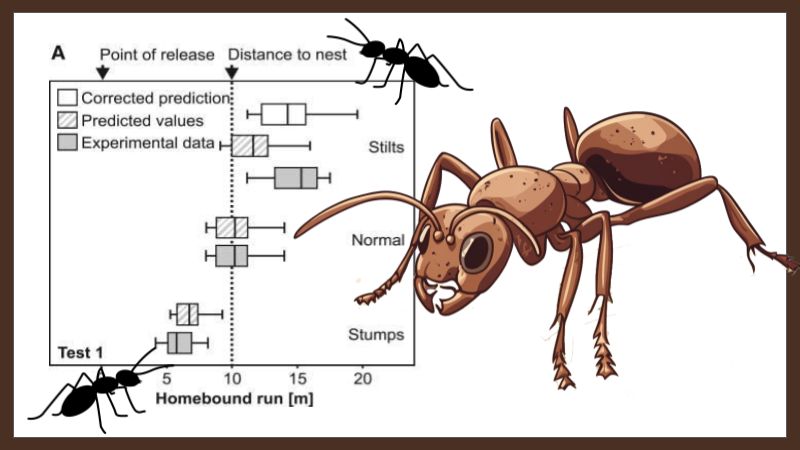
The Ant Odometer – Data Analysis
Have you ever thought about how ants navigate the world? Some ants use pheromones or other chemicals to follow trails. Other ants have a novel way of finding their way home; they count steps!How do these little biological Fitbits do this? How did scientists confirm that the ants counted steps? In this research study, scientists…
-
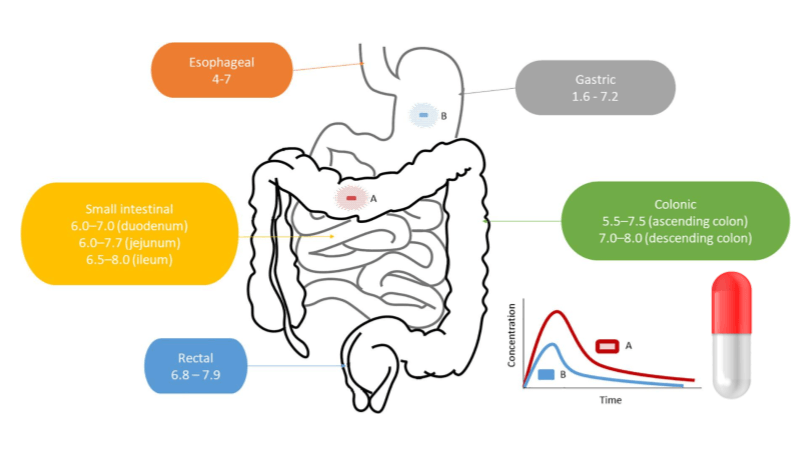
Exploring Medication and Bioavailability
Bioavailability is a measure of the rate at which the active ingredient of a drug is absorbed and becomes available. It represents how much and how quickly a drug reaches the bloodstream. In this activity, student explore how medications dissolve in water (or other substances) and enter the blood stream. I created this lab to…
-
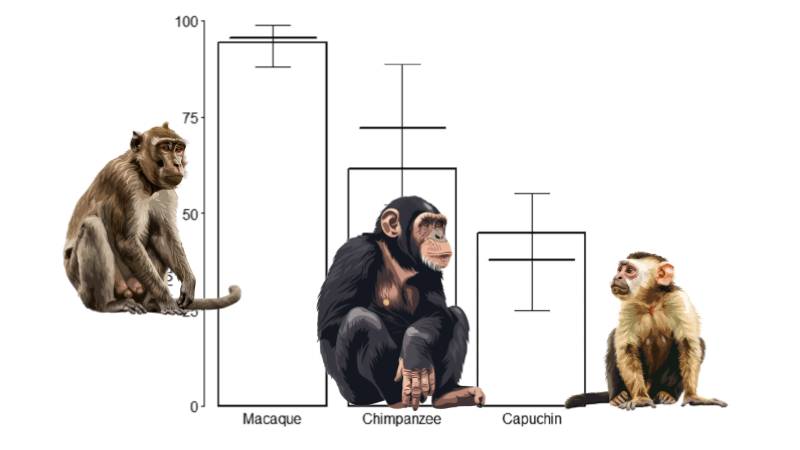
Data Analysis – Tool Use in Primates (CER)
Chimpanzees, capuchins, and long-tailed macaques use tools to crack the shells of nuts. They place the nut on a hard surface, like a flat rock, and strike it with a stone to crack the shell. These three primate species use different techniques. Chimpanzees and macaques crack the nuts while sitting, but the capuchin stands on…
-
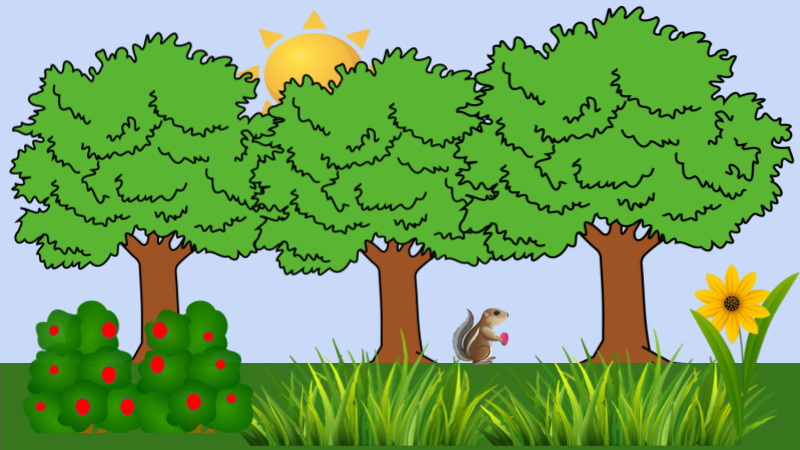
Ecological Succession Card Sort Activity
Ecological succession is a key idea in ecology that describes how ecosystems change and develop over time. It is the natural process where an ecosystem’s structure and species composition gradually shift, leading to the formation of a stable, mature community. This process involves a series of stages, each characterized by different types of species and…
-
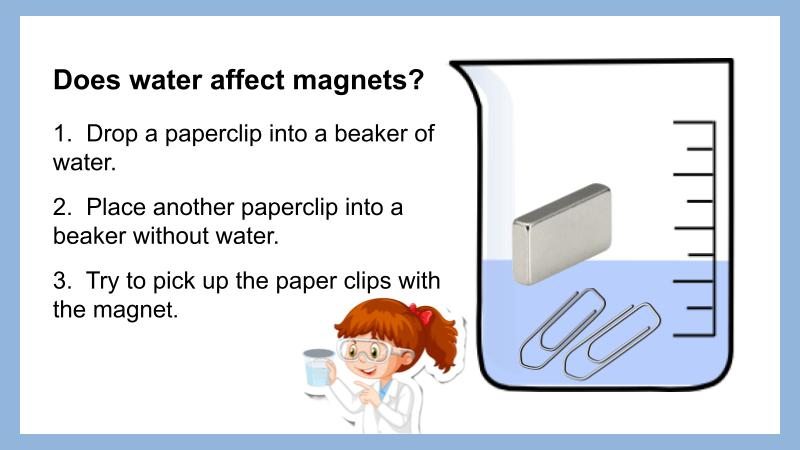
Identifying Variables – Lab Station Activity
Students explore the scientific method by completing lab station activities where they identify the dependent and independent variables.
-
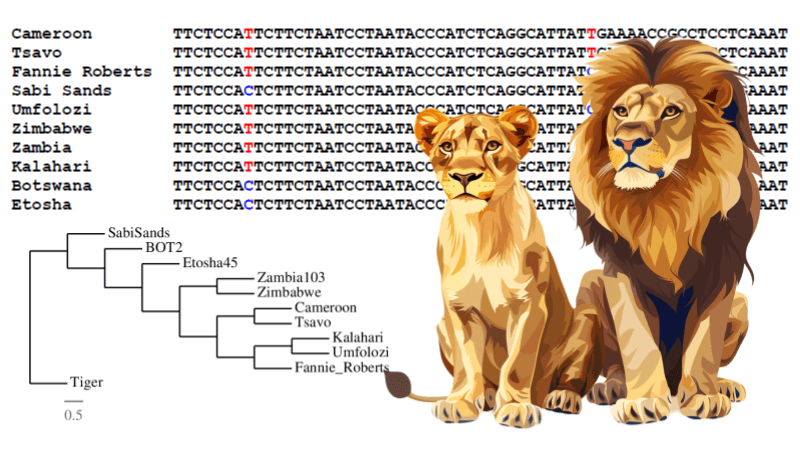
Create a Lion Phylogenetic Tree with Gene Sequences
Explore phylogenetic trees by examining DNA from different prides of lions in Africa.
-
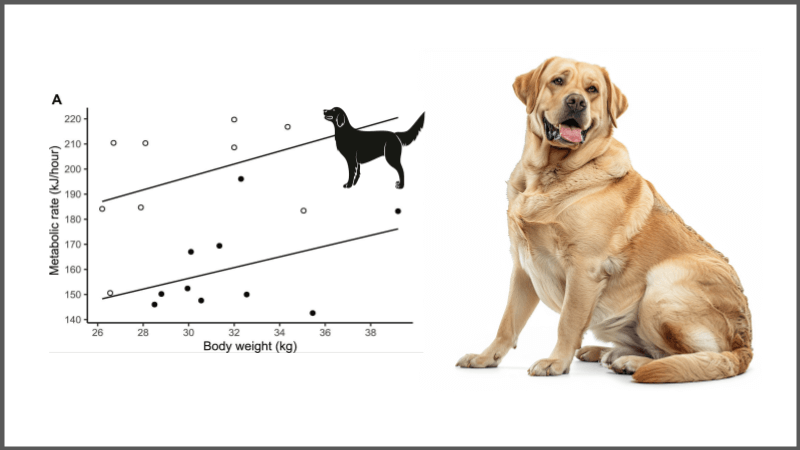
Dog Obesity and Analyzing Scientific Texts
Introduce students to scientific texts by examining research on dog obesity and a possible genetic cause. Dogs with mutations have increased food motivation and body fat.
-
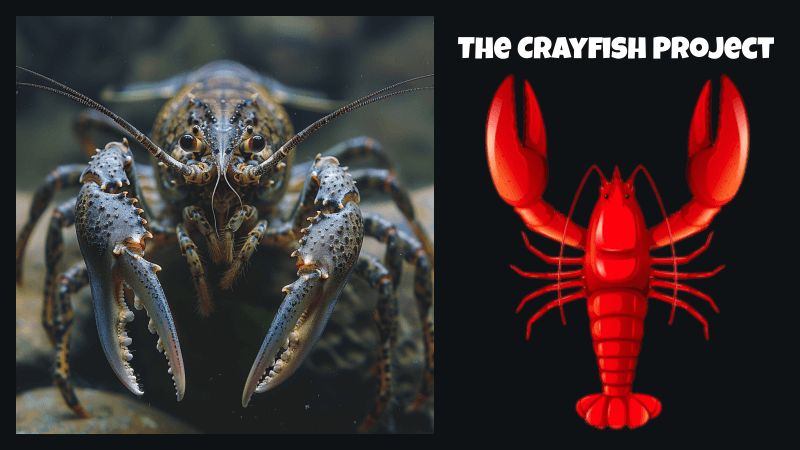
The Crayfish Project – Ecology and Anatomy
Student project on crayfish which includes learning about crayfish ecology, invasive species, and food webs. Dissect a crayfish specimen to learn anatomy!
-

Case Study – Effects of Coyote Removal in Texas
Examine data from an experiment where coyotes were removed from test sites. Evaluate the effects on rodents and mesopredators.
-
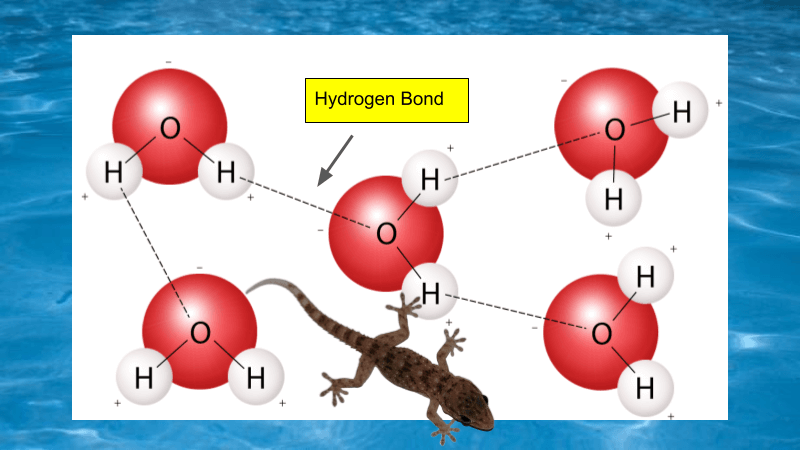
Reinforcement: The Chemistry of Life
A reinforcement worksheet on the chemistry of life. Practice vocabulary on atoms, molecules, macromolecules, and properties of water.

